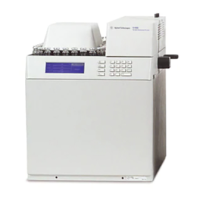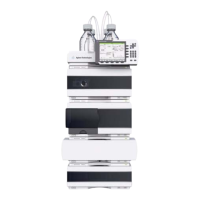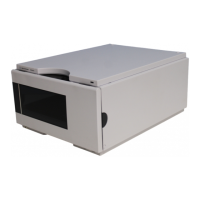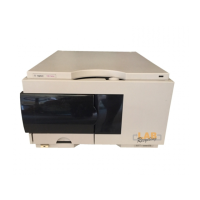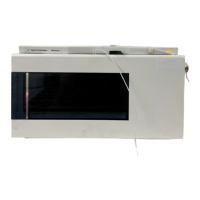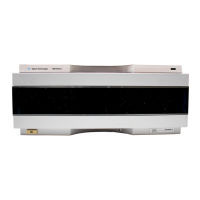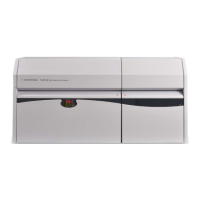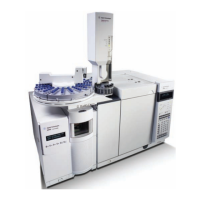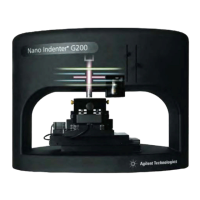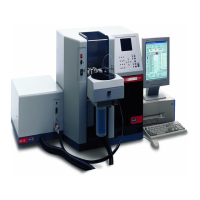6
Introduction to Headspace and to the
7694 Headspace Sampler
This chapter briefly describes the theory and application of headspace
analysis. It describes the parts of the 7694 Headspace Sampler and its modes of
operation.
Overview of Headspace Analysis
Your new headspace sampler is a tool for introducing volatiles that are
contained in liquid or solid samples into a gas chromatograph. The analytical
technique is called “static headspace gas chromatography.” The term
“headspace” refers to the space above the liquid or solid sample that you place
in a sealed vial. The term “static” means that the volatiles in the headspace of
the vial are at equilibrium with the same compounds in the liquid or solid
sample.
The instrument extracts a reproducible volume of the headspace and injects it
into the carrier gas flowing into the gas chromatograph. Food, packaging,
pharmaceutical products, soil, and water are often tested to see if they meet
quality criteria or regulatory standards. Fragrances and consumer products are
analyzed using headspace in order to understand their composition. Forensics
laboratories use headspace for measuring the percent of ethanol in human
blood to see if a driver is legally intoxicated.
The ease with which a sample forms a gaseous headspace depends on the
sample’s “partition coefficient.” See “Developing Methods” on page 68 for a
more thorough explanation. After a programmed heating time, the headspace
gas is extracted from the vial and injected into a GC for analysis.
There are two means of extracting the headspace gas from the vial—single or
multiple headspace extraction (MHE). With single headspace extraction, only
one sample of gas is taken from each sample vial. Single headspace extraction
is the standard method. It is used for samples that are readily volatile or for
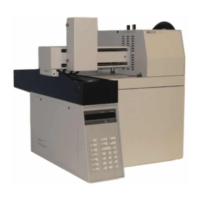
